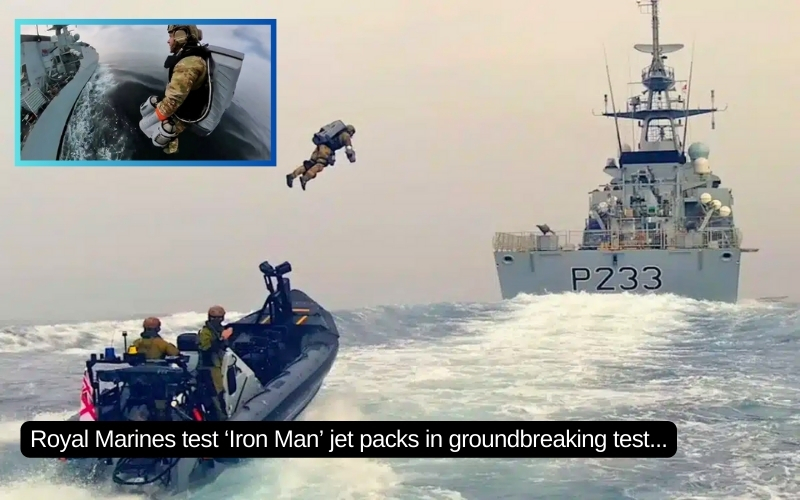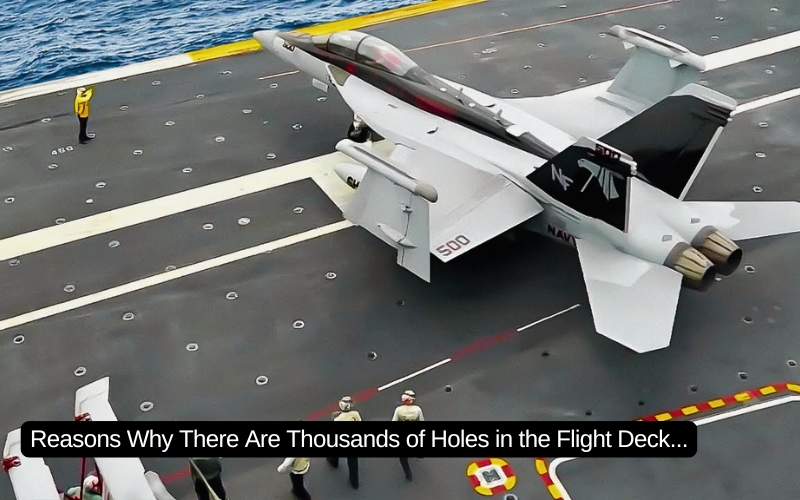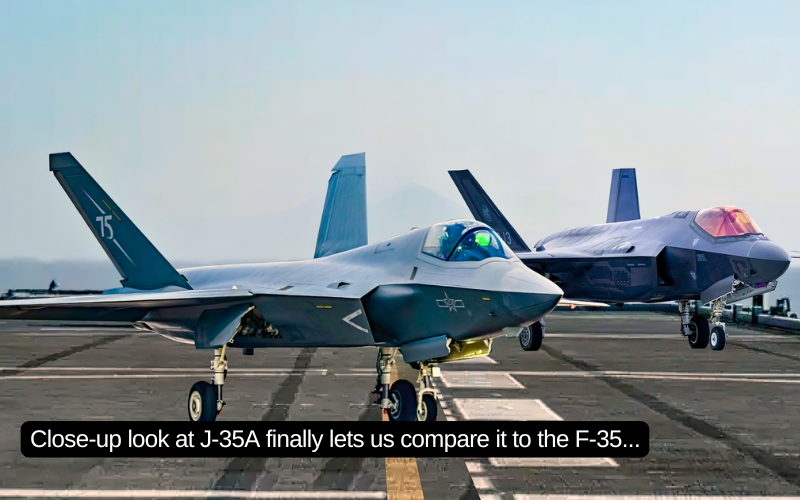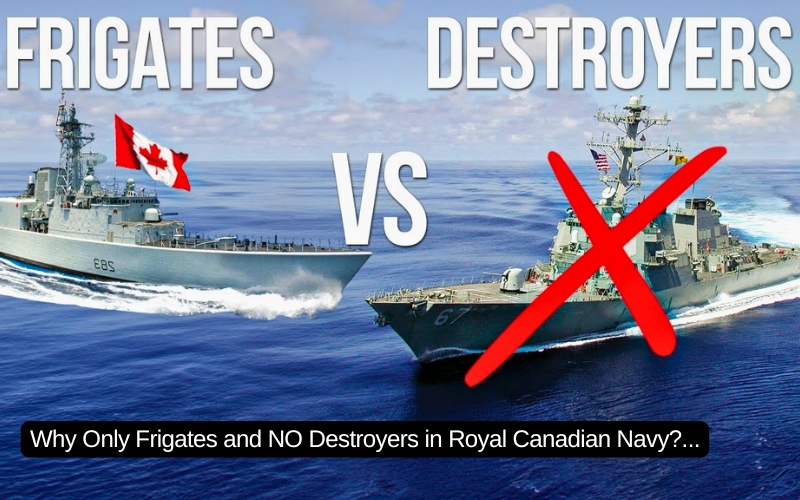The Mil V-12 is by far the largest helicopter ever. It was the brainchild of the Soviet Mil Design Bureau. This airliner-sized rotary vehicle was able to carry almost 200 passengers and payloads thought to be impossible by helicopter.
However, things did not quite go to plan due to the rapid advancement in aerial warfare. The V-12, whilst technically brilliant, never made it into full-scale production for a variety of reasons.
Background
Vertical take-off and landing (VTOL) flight has always been a fascination for people since aircraft were invented. The ability to take to the skies pretty much anywhere without the need for a long runway has many advantages.
In a lot of situations, helicopters are much more useful than traditional aircraft and are able to complete a lot of tasks that are not possible in piston or jet-powered craft. Such as, tactical insertion of troops or medical evacuation.
In September 1939 the VS-300, the world’s first helicopter, took flight in the U.S. This unusual-looking wire frame with an engine was able to lift into the sky from a standstill.
Whilst there had been similar contraptions beforehand, none were really practical for actual use.
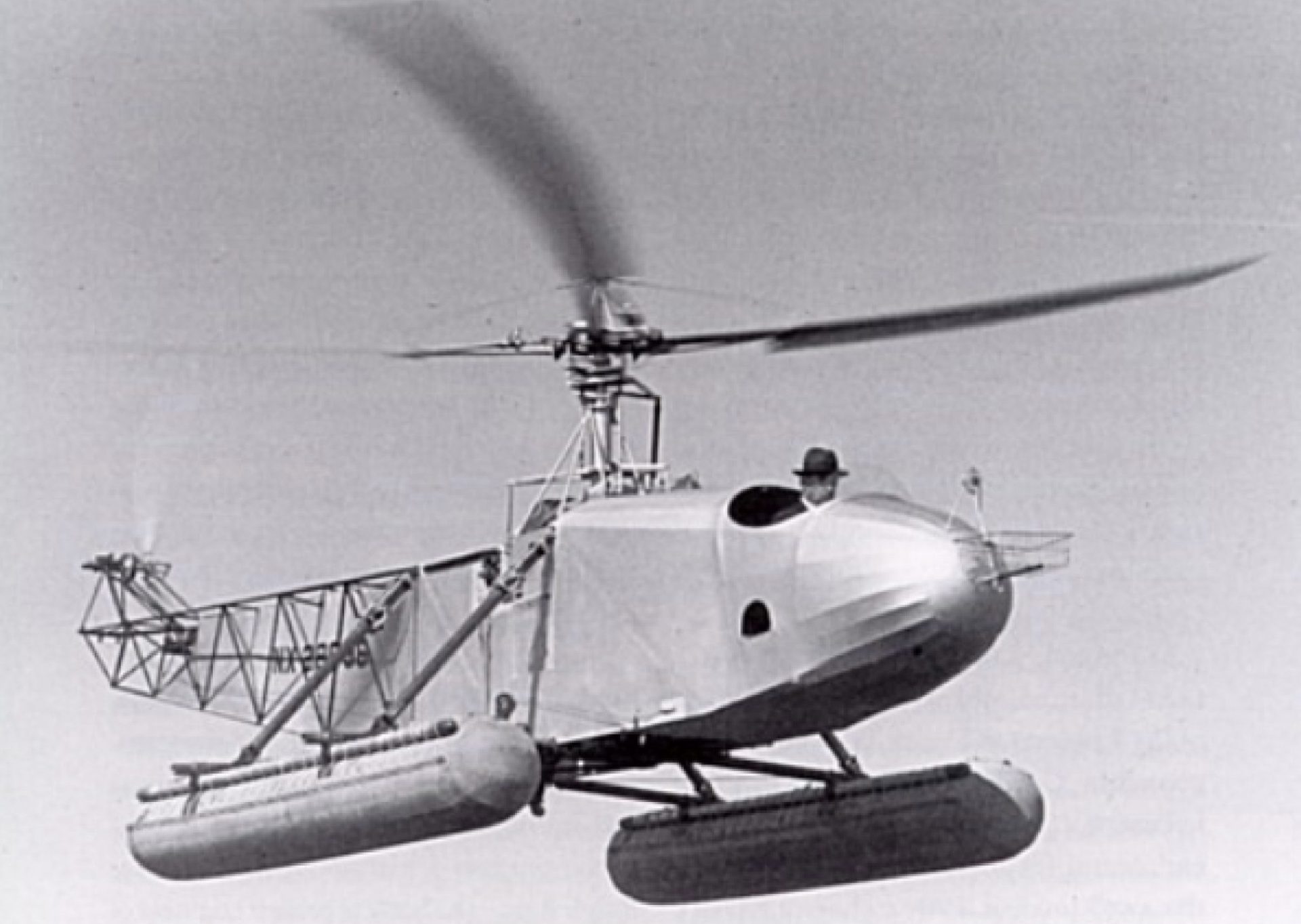
Naturally, the military took a keen interest immediately as the tactical advantages were huge. Rapidly helicopter technology advanced and by 1944 the YR-4B became the first to fly in combat.
Russia was not far behind and in 1950, the Mil Mi-1 “Hare” became the first Soviet helicopter to enter serial production. This small and light three-man helicopter was used all over the globe and built for over 16 years.
In typical Soviet fashion, the Mi-1 was simple to operate and easy to maintain. Aviation engineers learned a huge amount and quickly many variants were built for different purposes.
The Mi-1 showed how useful helicopters were and the race was on to produce bigger, better and more powerful helicopters and very quickly they did just that.
The Mi-1 showed how useful helicopters were and the race was on to produce bigger, better and more powerful helicopters and very quickly they did just that.
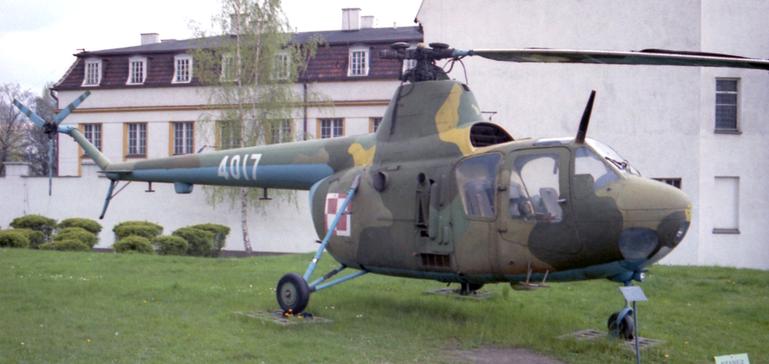
1957 saw the introduction of the massive Mil Mi-6 “Hook”, another extremely successful design that saw production from 1959 until 1980. The Hook could carry 13 tons and whilst extremely impressive, not enough for the Soviet’s purposes.
But at the height of the Cold War, Mil was quickly becoming the name for building the biggest and most technically advanced helicopters in the world. So naturally, when it was decided that a new aircraft was needed the government turned to the Mil Design Bureau.
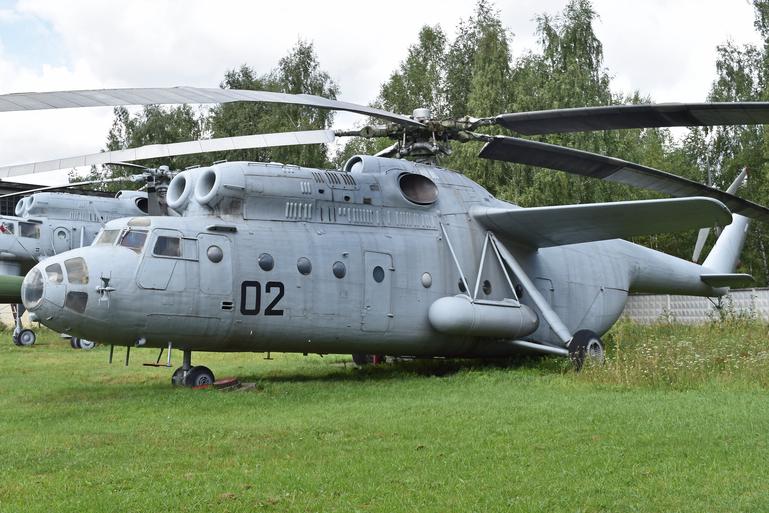
Mil V-12
Only a couple of years after the introduction of the Mi-6, design studies started for a much larger vehicle. Technology was advancing so quickly that the Mi-1 would still be in production six years after this directive was set.
Requirements were for a rotary wing aircraft that could lift 22 to 28 tons. Almost the weight of an empty Boeing 737-100.
Whilst this huge carrying capacity may seem ridiculous for a helicopter, there was some method to the madness. Ideally, the new craft would carry inter-continental ballistic missiles (ICBM). It would be able to place these weapons in strategic locations that traditional aircraft could not.
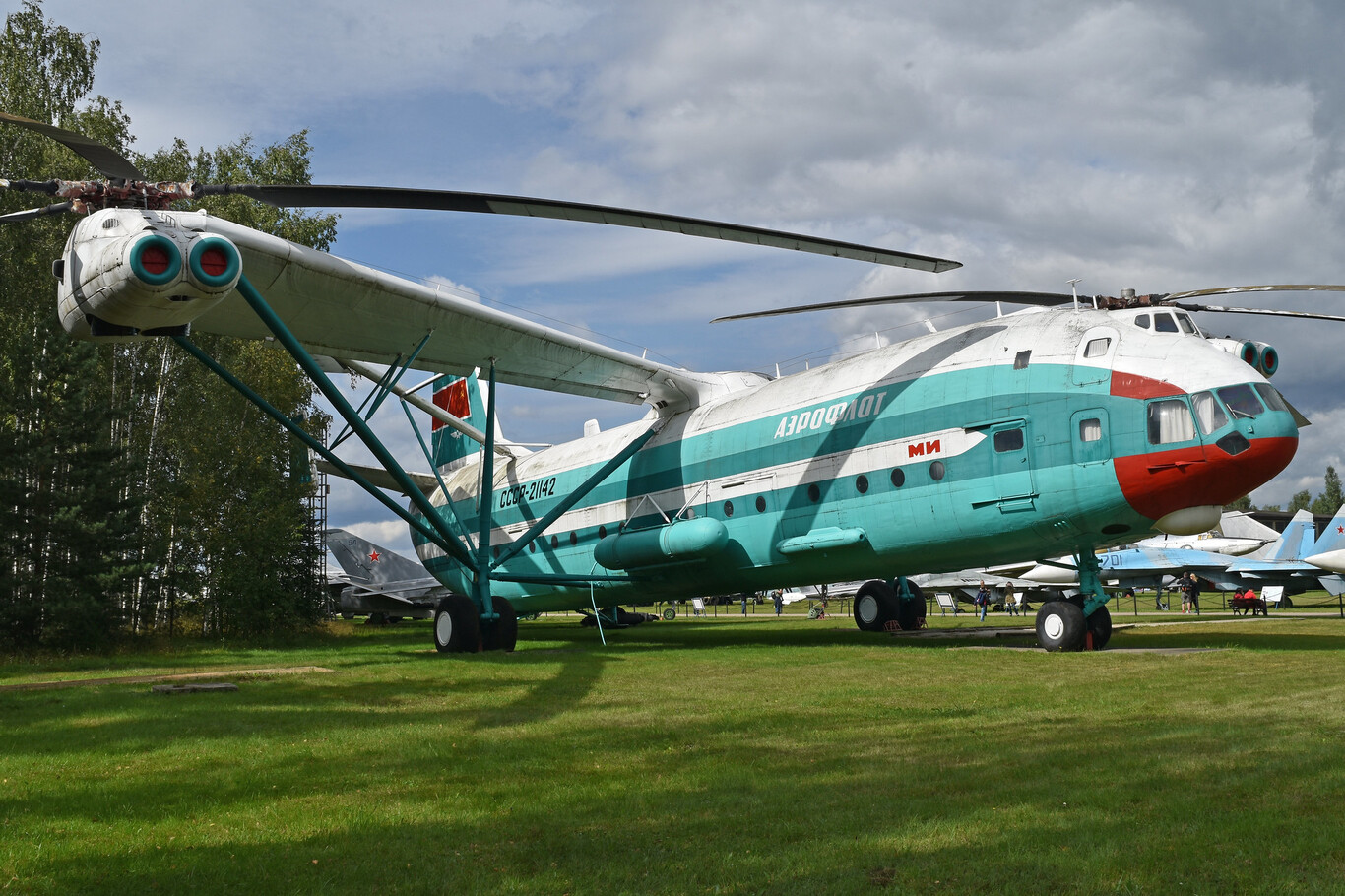
First-generation ICBMs were extremely heavy and unwieldy to move around, especially as the Soviets had set up sites to fire them in remote areas of wilderness. So the only way to transport them was via train. All the American U2 spyplanes had to do was follow the railroads and they’d find the launch sites.
The Mil Design Bureau stepped up to the plate with their prototype V-12, a lumbering hulk of an aircraft that could do the heavy lifting.
Initially, the V-12 had rotor a front and rear rotor layout similar to the CH-47 Chinook, but that was quickly ruled out. A single rotor design would have never been powerful enough to provide the lift either and it was discovered that a twin-rotor, transverse layout would be ideal for this type of vehicle as it also eliminated the need for a tail rotor.
Due to this layout, the total “wingspan” was almost 220 feet. Powering those huge rotors were four Soloviev D-25VF turboshaft engines. Each putting down 6,500 shaft horsepower for a total of 26,000 to lift the 121-foot behemoth into the air and propel it to a top speed of 160 mph.
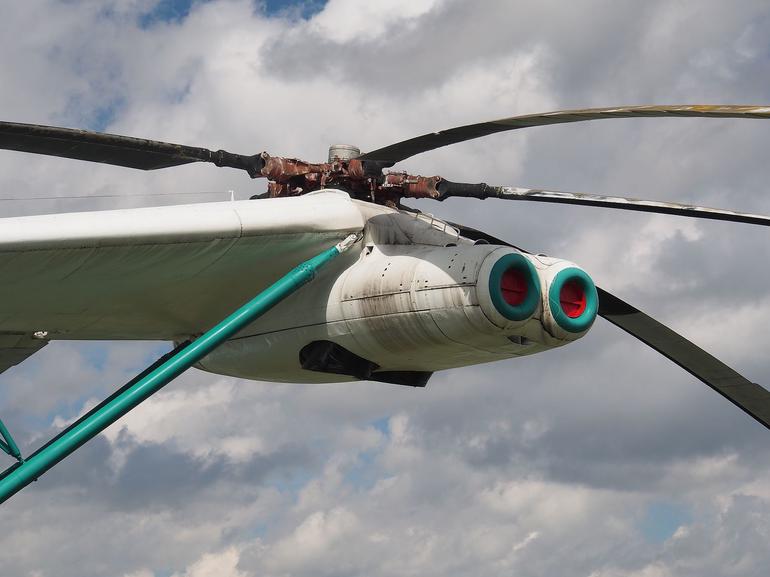
To take large payloads the V-12 had a clamshell door at the rear of the fuselage. The size and power meant that even loads too big to fit inside could be carried underneath the aircraft, being attached by wire.
Operational Use
Eight years after the requirements were set out, the first V-12 prototype was complete. In June 1967 the first test flight took place and some serious design faults came to light.
Vibrations from the four D-25VF engines were so severe that they made their way through the cockpit floor and the control column causing an uncommanded roll on the cyclic stick. The V-12’s wheels smashed into the ground bursting the tires and damaging the wheel hub.
Western media wrongfully reported that the aircraft had been destroyed and that the project was a failure. But the V-12 was not defeated yet.
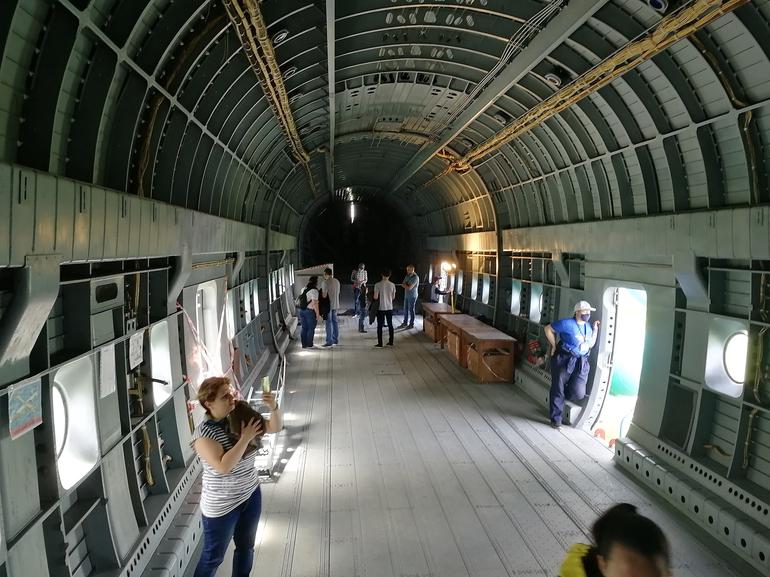
After repairs were complete and modifications made, the next flight took place over a year later in July 1968.
Quickly, Mil realized that the new V-12 was outperforming even their expectations. It even broke eight world records by carrying huge amounts of cargo. In August 1969, the V-12 managed an 88,000 lb payload at 7,400 feet. 4 other records of altitude and payload still stand today.
Confident in the ability of the new vehicle, it was shown off at the Paris airshow in 1971. It wowed the crowds with its size, which had never been seen before in a VTOL aircraft.
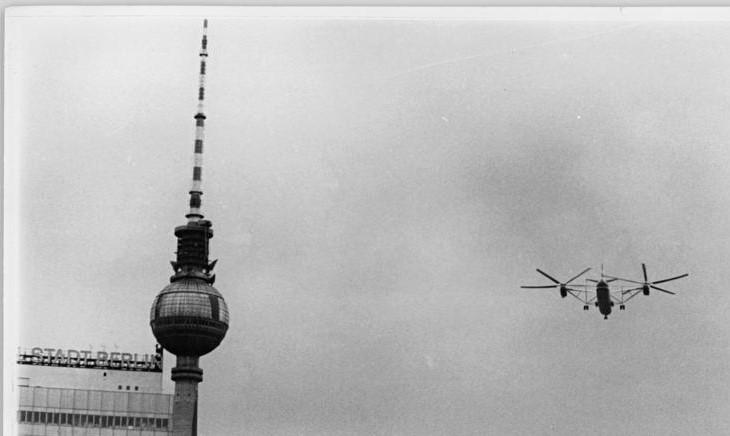
Western observers could only guess as to what the purpose of this giant helicopter was. But impressing crowds were pretty much all the V-12 was good for. By the 70s the Soviets did not have a purpose for such an expensive and complicated aircraft.
Space technology was also advancing and satellites could observe around 7 million square nautical miles per mission. The Soviets could no longer hide their nuclear weapons in the wilderness. They would be found.
A second prototype was completed in 1972, but only two years after the project was canceled.
Conclusion
Whilst technically brilliant, the demise of the V-12 was ultimately the same reason why it was created. Size. At the time of development, Russia needed a helicopter with a huge lifting capacity. But due to the complexity of development, it came too late and other technology had moved on eliminating the need for it.
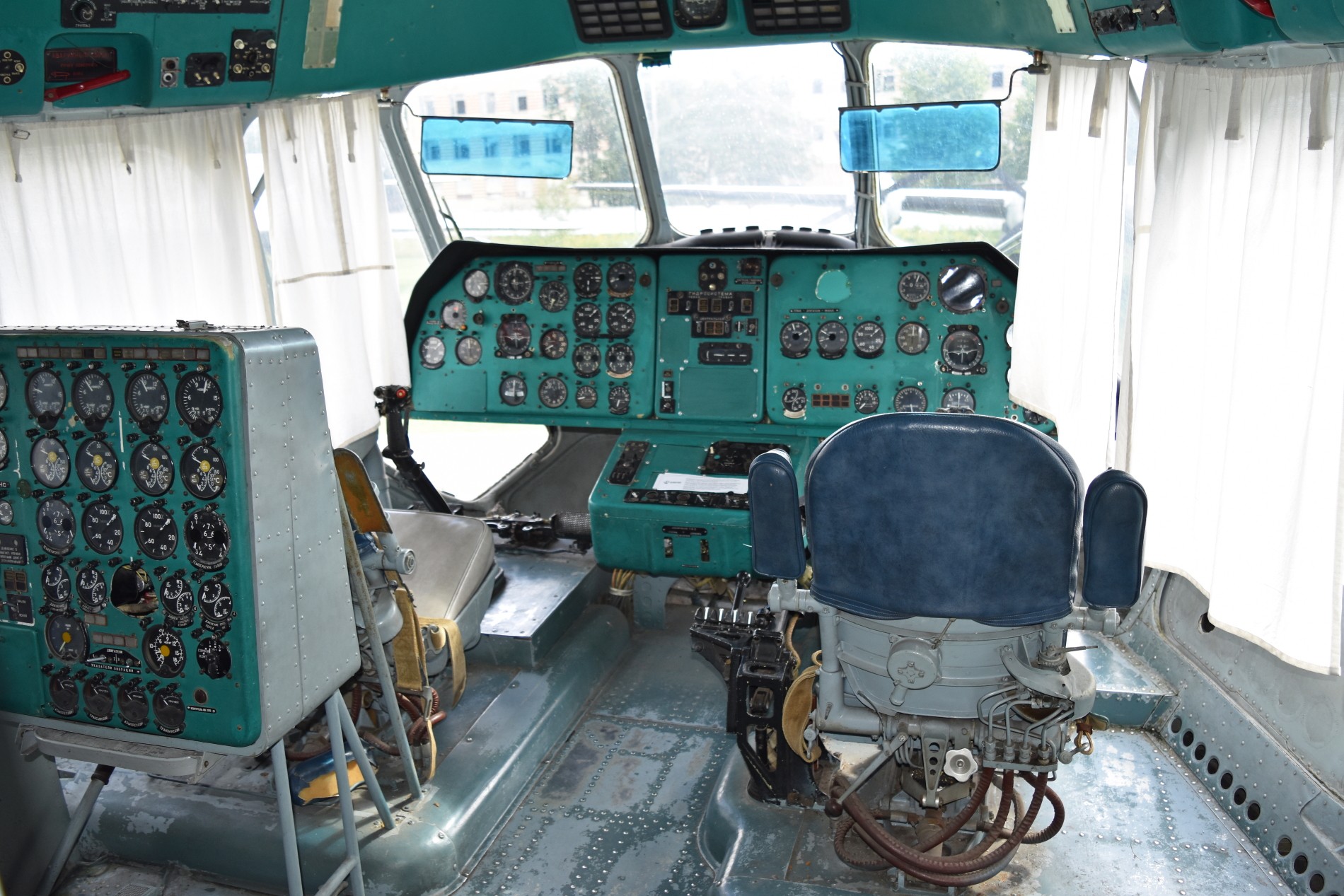
I’m sure other uses had been looked into, but the cost of such a beast was too high meaning the V-12’s time was cut short.
The two prototypes are now both museum pieces. With the first built residing at the Mil Moscow Helicopter Plant, Panki-Tomilino. The second is at the Central Air Force Museum.
It is unlikely we will ever seen a helicopter of this scale ever again.
Specifications
Crew: 6 (pilot, copilot, flight engineer, electrician, navigator, radio operator)
Capacity: 196 passengers
Length: 37 m (121 ft 5 in)
Wingspan: 67 m (219 ft 10 in) across rotors
Height: 12.5 m (41 ft 0 in)
Empty weight: 69,100 kg (152,339 lb)
Max takeoff weight: 105,000 kg (231,485 lb)
Powerplant: 4 × Soloviev D-25VF turboshaft engines, 4,800 kW (6,500 shp) each 26,000 HP total
Maximum speed: 260 km/h (160 mph, 140 kn)
Range: 500 km (310 mi, 270 nmi)
Service ceiling: 3,500 m (11,500 ft)




